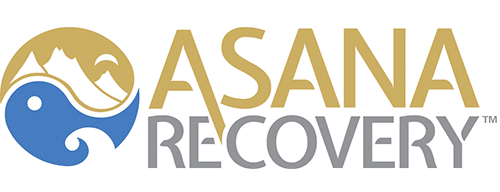In April of 2018, the U.S. Surgeon General issued a national advisory encouraging more people to carry naloxone, a drug used to counteract the effects of opioid overdose. Naloxone, which comes in both a nasal spray called Narcan and an auto-injector called Evzio blocks the brain’s opioid receptors and restores normal breathing in people who have overdosed on fentanyl, heroin or prescription painkillers. It can last for 30 to 90 minutes, which allows enough time to seek medical attention.Naloxone is only effective on opioids, and will not reverse overdoses from other substances like alcohol, cocaine, or methamphetamine. However, if you aren’t sure what exactly someone has overdosed on, it is still safe to administer it because it does not react negatively with alcohol or other drugs.
The number of deaths from opioid overdose rose from 21,089 in 2010 to 42,249 in 2016. This is partly as a result of people who start off taking prescription medication for pain and end up becoming addicted, and partly because opioids are being sold illegally in addition or in place of heroin.
Most states have laws designed to protect healthcare professionals from civil and criminal liability after administering naloxone. All 50 states allow medical providers to prescribe naloxone, but these expanding laws allow distribution without a prescription. In some places, you can go to the pharmacy counter much like you would for cold medication or other medicines that are kept behind the counter and simply ask for naloxone. It can also be distributed by community-based groups like Overdose Education and Naloxone Distribution (OEND) programs. These programs seek to educate the community on overdoses, as well as providing naloxone at little or no cost. In Massachusetts, for example, the Community Bystander OEND Program allows for training and distribution of naloxone to potential overdose bystanders within various community agencies. Between 2007 and 2016, they distributed naloxone to 48,222 individuals, including opioid users, social service agency workers, and friends or families of opioid users. A total of 8,149 overdose reversals occurred using the OEND naloxone.
The CDC recommends expanding training on the administration of naloxone to all emergency services personnel, particularly in rural areas, and helping basic EMS personnel meet the advanced certification requirements. According to one study, the rate of opioid overdose death is 45 percent higher in rural areas than in urban areas. However, the use of naloxone was only 22.5 percent higher than among urban emergency staff, highlighting the need for increased distribution and training to rural locations.
There is some controversy surrounding the use of naloxone. Some people argue that it enables drug users, allowing them to recklessly carry on using because they know they have a safety net if they overdose. Many opioid users have overdosed multiple times, sometimes even on the same day, and been revived each time by naloxone. One study argued that opioid-related emergency room visits have increased along with access to naloxone, increasing the cost to the public and tying up busy ER’s.
If you are struggling with opioid abuse, or any other drug, consider calling Asana Recovery at (949) 438-4504. We offer medical detox, as well as residential and outpatient therapy, to help get you back on the road to a better life.



